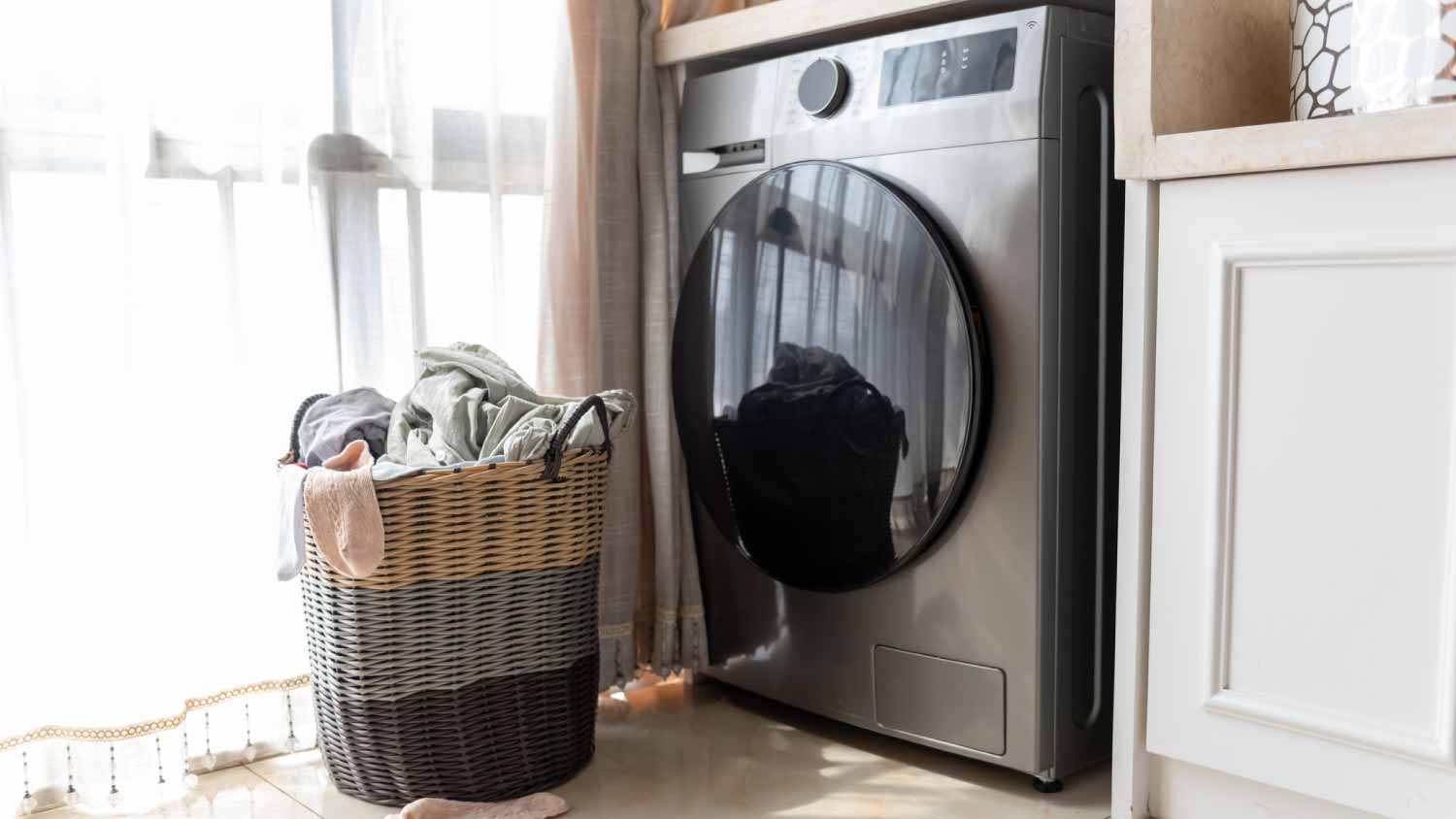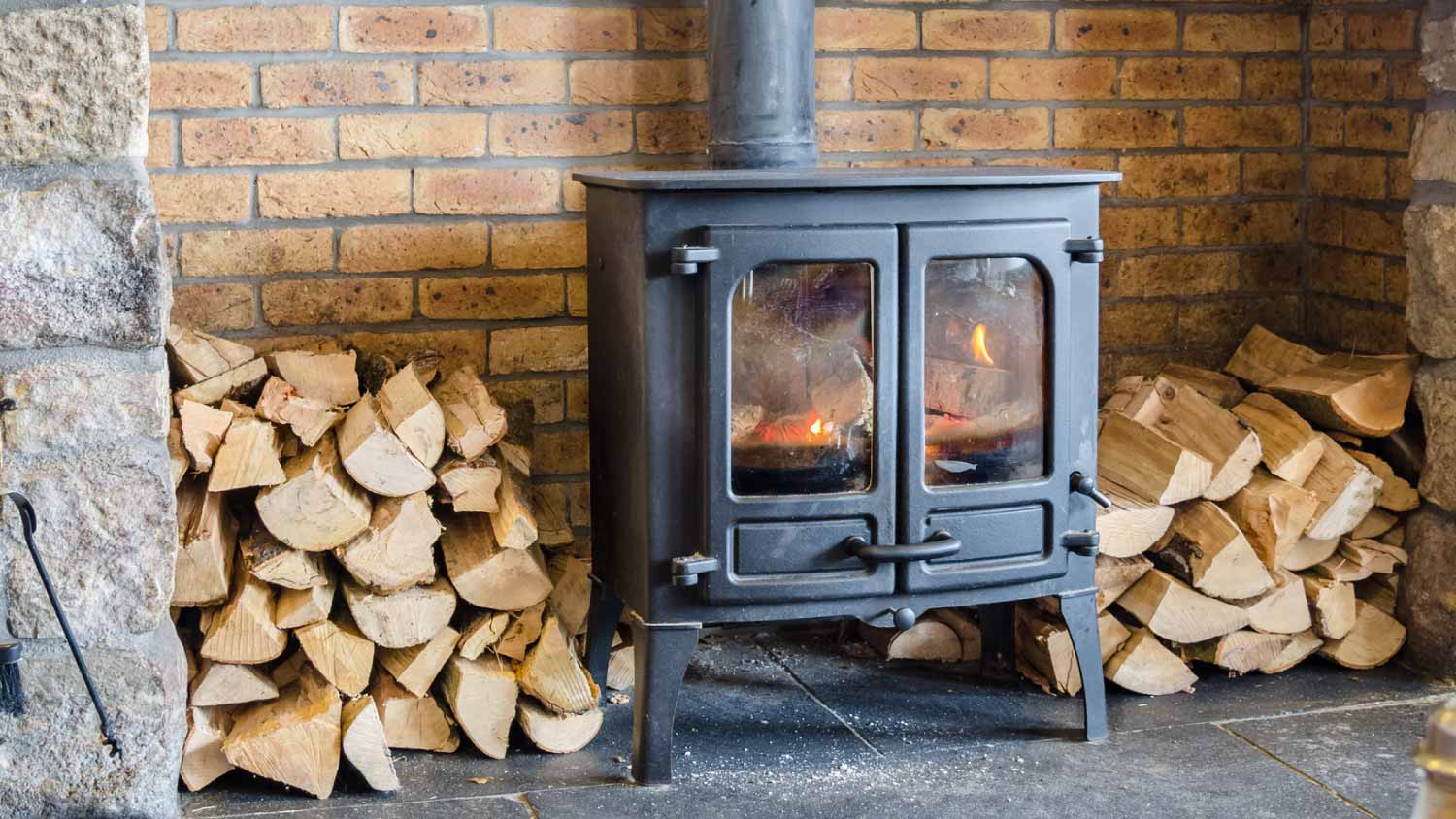9 Tips for Taking on DIY Dishwasher Repair
Sick of dirty plates and spotty glasses? Here's the dish on DIY dishwasher repair


The dishwasher is one of the time- and energy-saving appliances that you only truly appreciate when it's suddenly on the fritz. Since dishwasher repairs cost between $160 and $300, it's easy to wonder: can I fix a dishwasher myself? Like all appliances that combine water and electricity, it depends. Let's walk through how to approach a potential DIY dishwasher repair and when to back away from the toolbox and call your local dishwasher team.
1. Know When to Call in the Pros
So, what's the difference between a potential DIY repair and one that's better handled by professionals? Two words: water and electricity. Any repair that deals with a combo of the two—the motor, pump, heating element, or wiring—should be left to a certified expert for you and your dishwasher's longevity.
Many simple dishwasher parts are easy to check or fix after taking necessary precautions, such as shutting off power to the dishwasher. We also recommend avoiding any repairs that require you to remove the dishwasher from the counter, as it can be top-heavy and dangerous to maneuver.
2. Practice Smart Dishwasher Use
If you're the family member who’s always rearranging the dishes in the dishwasher, we can assure you that it's not for nothing. Correct loading and basic dishwasher maintenance can keep your machine from leaking, clogging, smelling, and even breaking down. For example:
Never load large items too close to the door that may keep it from properly closing and sealing.
Never cover the bottom shelf with large dishes to avoid blocking the water.
Remove large food particles from dishes before running them in the dishwasher.
Check for fallen silverware that can block the rinse arm or melt on the heating element.
Deep clean your dishwasher every two months.
Look for signs of hard water that can lead to deposits in your dishwasher and clog the arm or float assembly.
3. Troubleshoot the Basics

Before getting into specific dishwasher repairs, double-check that the issue isn't coming from somewhere else. If your dishwasher isn't starting, for example, check out your circuit breaker switch for that area of the kitchen as well as your hot and cold water sources.
Opening a dishwasher full of water? Your dishwasher often shares a drainage pipe with your kitchen sink, so check that pipe for a clog before targeting the machine itself.
4. Clean the Spray Arm
The spray arm sits at the bottom of your dishwasher, and just as the name suggests, sprays your dishes with a jolt of water as it rotates. The tubing and holes of your spray arm can become clogged, clamped shut, or broken over time.
After unplugging your dishwasher—or shutting off the breaker—remove the bottom rack and the screws holding the spray arm in place. Soak the arm in warm water, dish soap, and white vinegar to break up any clogs inside. Use a toothpick or thin craft wire to loosen any debris in the top holes. If you notice any dents or cracks, replace the spray arm altogether.
5. Unclog the Float
While you're cleaning around the bottom of the dishwasher, inspect and clean the float assembly while you're at it. Again, make sure there’s no power running to the machine. The float assembly acts as a mechanical measure to activate your float switch—the switch that turns the flow of the water on and off.
You should be able to lift and drop the float easily with your hand, feeling it bob in its assembly. If you sense a lot of resistance, there is a chance that food has become clogged in the assembly, and you’ll need to remove it. In other cases, a rogue item in your dishwasher could have damaged the shape of the float, in which case you’ll need to replace it.
Call a pro to check out a potential broken float switch since this is a more complex fix.
6. Replace the Door Gasket
Do you spot a pool of water next to your dishwasher every time it runs? The issue could be as simple as a worn-down door gasket—the strip that seals up against the inside of the door. Snap a photo of the gasket to make sure you purchase the right part and replace it in the right orientation.
Use a pair of pliers to grip the bottom edge of the strip, and pull it away slowly from the frame to remove the old gasket. Clean the gasket track and replace the new strip in the same direction as the original. Trim any excess, and ensure the door closes snugly.
7. Clear the Drain Filter
Strange odors, poor drainage, or spotty dishes could be a sign that your filter needs attention. Some dishwashers come with self-cleaning filters that act a bit like a garbage disposal. Most, however, require you to take an occasional look for debris buildup.
You'll find the filter below the bottom rack. Move the rinse arm out of the way, and locate the circular drain filter cap. Most models include arrows indicating which way to rotate the cap and remove the cylindrical filter. Soak the filter in warm, soapy water and clean out any extra debris with a toothbrush.
8. Check the Door Latch
Your dishwasher may not turn on if the latch has not clicked correctly into place. In any case, this occurs when your dishwasher goes off-balance in the kitchen counter or if the door no longer immediately aligns. Check that the latch clicks when closed and that nothing obstructs the hook.
You can also adjust the lock on your dishwasher door by removing the dishwasher faceplate several inches and tightening or loosening the bolts above the locking mechanism.
9. Know When to Throw in the Towel
A modern dishwasher lives between eight and 10 years—perhaps a few more if well cared for. The effort and money may not be worth the repair if you're significantly past this point. Consider replacing your dishwasher after a decade if the repairs go beyond these basic DIY fixes.



.jpg?impolicy=leadImage)

- Appliance Repair Companies
- Washing Machine Repair
- Dryer Repair
- Refrigerator Repair
- Dishwasher Repair
- Oven Repair
- Wood & Pellet Stove Repair
- Freezer Repair Services
- Wood Stove Services
- Gas Stove Repair
- Emergency Appliance Repair Companies
- Ice Maker Repair
- Gas Appliance Repair
- GE Appliance Repair
- GE Refrigerator Repair
- GE Dryer Repair
- GE Dishwasher Repair
- GE Washing Machine Repair
- Samsung Appliance Repair
- Samsung Refrigerator Repair
- Samsung Dryer Repair
- Samsung Washer Repair
- Samsung Dishwasher Repair
- Samsung Oven Repair
- Whirlpool Repair
- Whirlpool Refrigerator Repair
- Whirlpool Washer Repair
- Whirlpool Dryer Repair
- Whirlpool Oven Repair
- Maytag Appliance Repair
- Maytag Refrigerator Repair
- Maytag Washer Repair
- Maytag Dryer Repair
- Maytag Dishwasher Repair
- Kitchenaid Appliance Repair
- Kitchenaid Oven Repair
- Kitchenaid Refrigerator Repair
- Kenmore Appliance Repair
- Kenmore Dishwasher Repair
- Kenmore Washer Repair
- Kenmore Dryer Repair
- LG Refrigerator Repair
- Bosch Appliance Repair
- Kenmore Refrigerator Repair
- LG Appliance Repair Services
- GE Microwave Repair
- Electrolux Appliance Repair
- Electrolux Washer Repair
- Kitchenaid Dishwasher Repair Services
- Wood Stove Inspection
- Dishwasher Installation
- Trash Compactor Repair
- Reasons Your Dishwasher Is Leaking from the Bottom and What to Do
- Why Your Dishwasher Is Not Filling Up With Water and What to Do
- Parts of a Dishwasher: Learn What They Are and How They Work
- 3 Reasons Why Your Dishwasher Won’t Drain
- How Long Do Dishwashers Last?
- Dishwasher Not Cleaning? Reasons Why and What to Do
- Why Your Dishwasher Won’t Turn On and What to Do About It
- How to Clean a Moldy Dishwasher
- How to Clean a Dishwasher Thoroughly and Keep It Running
- 5 Must-Follow Tips for a Healthy, Happy Dishwasher















